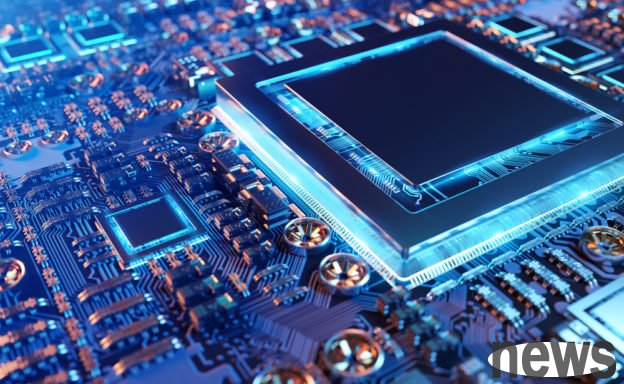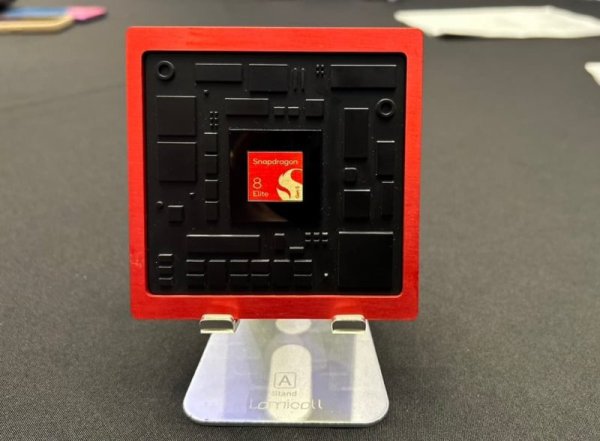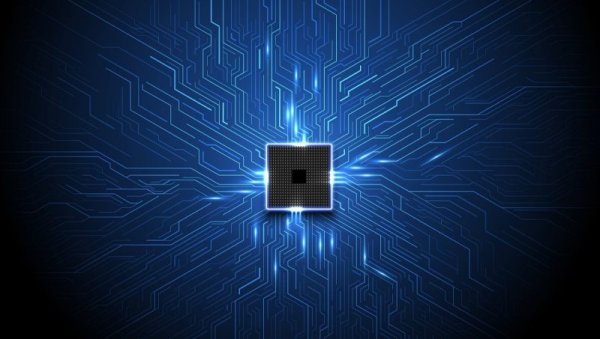A brief discussion on chip design trends: GPU becomes a new battlefield

2025 is coming to an end, and this year is another big year for mobile phone and PC chips, because each company has launched a new generation of flagship chips, including Apple's M5 and A19, Qualcomm's Snapdragon Elite Gen 5, MediaTek's Dimensity 9500, and Panther Lake, which will be officially unveiled at CES next year.
If you take a closer look at the specifications of these new chips, it is not difficult to find that they have many things in common. In addition to almost all using TSMC's N3P process (Panther Lake uses Intel's own 18A), in terms of performance increase, all chips have delivered excellent results in GPU performance. Has GPU become a new paradigm for next-generation semiconductor design?
(Source: Video screenshot)
Indeed, the author has said before that in an era when the performance dividends brought by the manufacturing process are about to be exhausted, it will become more and more difficult to promote CPU performance increases of 15 to 20% in the future. Even Apple, a leader in semiconductor design, only delivers performance ranging from 11 to 15% on the A19 Pro. The biggest competitor, Qualcomm, is at a similar level. The performance of the latest Snapdragon Elite Gen 5 has increased by about 10% compared to the previous generation. The Dimensity 9500 is almost the same as the previous generation in the low-wattage consumption band. It has to reach the high-wattage consumption band to be slightly farther away from the performance of the previous generation.
(Source: Video screenshot)
The CPU performance of the new chip does not increase significantly, but the GPU performance increases significantly Not only mobile phone chips, but also PC chips can see a similar situation, and even the performance increase is more limited. Apple's M5 only has an average performance increase of 6% compared to M4; Panther Lake, according to Intel's official statement, focuses on efficiency: providing the same performance as Arrow Lake but with lower watt consumption, which means there is no improvement in the performance of iterations.
(Source: Video screenshot)
Although the increase in CPU performance of these new chips is not very obvious, it may not be an exaggeration to say that the increase in GPU performance is huge. The most classic examples are Dimensity 9500 and A19 Pro. In addition to the peak performance of the GPU being increased by nearly 26%, the performance of Ray Tracing has been improved by more than 200% in one breath, firmly establishing the throne of mobile phone GPU performance this year. Although the A19 Pro failed to beat the Dimensity 9500 in terms of GPU performance, its performance increase of more than 40% was the largest improvement among all mobile phone chips.
(Source: Video screenshot)
PC chips have also shown dramatic improvements in GPU performance: M5's GPU performance has increased by more than 30% compared to the previous generation, and ray tracing performance has increased by nearly 50%. Although Panther Lake has not yet been launched, it can be estimated from the GPU specifications revealed by Intel that there will be at least a performance increase of more than 50%.
So why is it that everyone is unanimously vigorously promoting the performance of GPU, but the CPU part seems to be much more conservative? As the author said, in the past, in addition to the improvement of the CPU's own architecture, the improvement of the CPU's process will also bring a certain degree of performance dividends. However, the progress of manufacturing processes is no longer as rapid as before, and the relative performance increase will be smaller and smaller.
But the GPU is different. The GPU of SoC has not been a product focus for a long time, but as the importance of GPU in the computing world (especially in the AI field) has gradually increased, various vendors have begun to shift their design focus to the GPU. And at this stage, the performance of the GPU can easily be increased by stacking materials, such as increasing the number of cores (Panther Lake) or adding specialized processing units (such as ray tracing units). This is why we have seen the GPU performance of mobile phones and PC chips skyrocket this year. Maybe in the near future we will be able to run high-definition AAA game masterpieces or heavy AI work on SoC alone, and on mobile phones or ultra-thin laptops, which is really exciting!
Further reading: A brief discussion of Arrow Lake Refresh and RTX 50 Refresh: Where do so many Refresh come from? A brief discussion on the tragedy of repairing NVIDIA Founder Edition graphics cards: there are specialties in the industry Can Panther Lake turn around Intel's handheld business in one fell swoop? A brief discussion of Apple M5: Recreating the pinnacle of personal computer computing Panther Lake is gradually emerging. Can Intel make a desperate counterattack?



